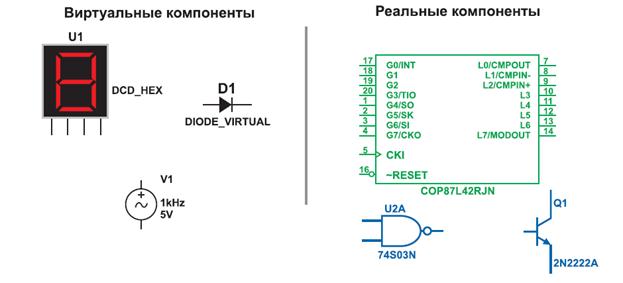COMPUTER-AIDED ENGINEERING
Computer-aided engineering (CAE) is the broad usage of computer software to aid in engineering tasks. It includes computer-aided design (CAD), computer-aided analysis (CAA), computer-integrated manufacturing (CIM), computer-aided manufacturing (CAM), material requirements planning (MRP), and computer-aided planning (CAP). With the improvement of graphics displays, engineering workstations, and graphics standards, CAE has come to mean the computer solution of engineering problems with the assistance of interactive computer graphics. CAE software is used on various types of computers, such as mainframes and superminis, engineering workstations, and even personal computers. The choice of a computer system is frequently dictated by the computing power required for the CAE application or the level (and speed) of graphics interaction desired. The trend is toward more use of engineering workstations, especially a new type known as supergraphics workstations. Design engineers use a variety of CAE tools, including large, general-purpose commercial programs and many specialized programs written in-house or elsewhere in the industry. Solution of a single engineering problem frequently requires the application of several CAE tools. Communication of data between these software tools presents a challenge for most applications. Data are usually passed through proprietary neutral file formats, data interchange standards, or a system database. A typical CAE program is made up of a number of mathematical models encoded by algorithms written in a programming language. The natural phenomena being analyzed are represented by an engineering model. The physical configuration is described by a geometric model. The results, together with the geometry, are made visible via a user interface on the display device and a rendering model (graphics image). Computer-aided design and manufacturing (CAD/CAM) systems were created by the aerospace industry in the early 1960s to assist with the massive design and documentation tasks associated with producing airplanes. CAD/CAM systems have been used primarily for detail design and drafting along with the generation of numerical control instructions for manufacturing. Gradually, more CAE functions are being added to CAD/CAM systems. Modeling with CAD/CAM systems has become fairly sophisticated. Most popular commercial systems support 2D and 3D wireframe, surface models and solid models. Rendered surface models differ from solid models in that the latter have full information about the interior of the object. For solid models a combination of three types of representation is commonly used: constructive solid geometry, boundary representation, and sweep representation. The CAE methods for electrical and electronics engineering are well developed. The geometry is generally two-dimensional, and the problems are primarily linear or can be linearized with sufficient accuracy. Chemical engineering makes extensive use of CAE with process simulation and control software. The fields of civil, architectural, and construction engineering have CAE interests similar to mechanical CAE with emphasis on structures. Aerospace, mechanical, industrial, and manufacturing engineering all make use of mechanical CAE software together with specialized software. http://encyclopedia2.thefreedictionary.com/computer-aided+engineering
|




